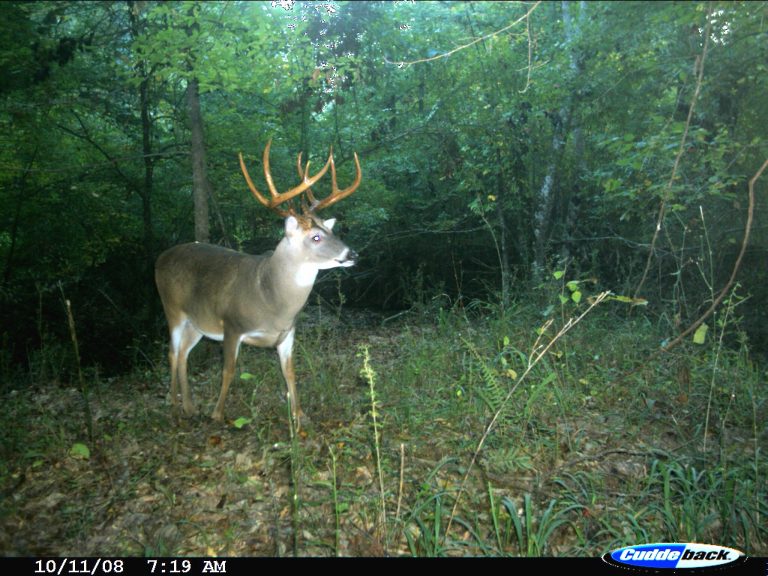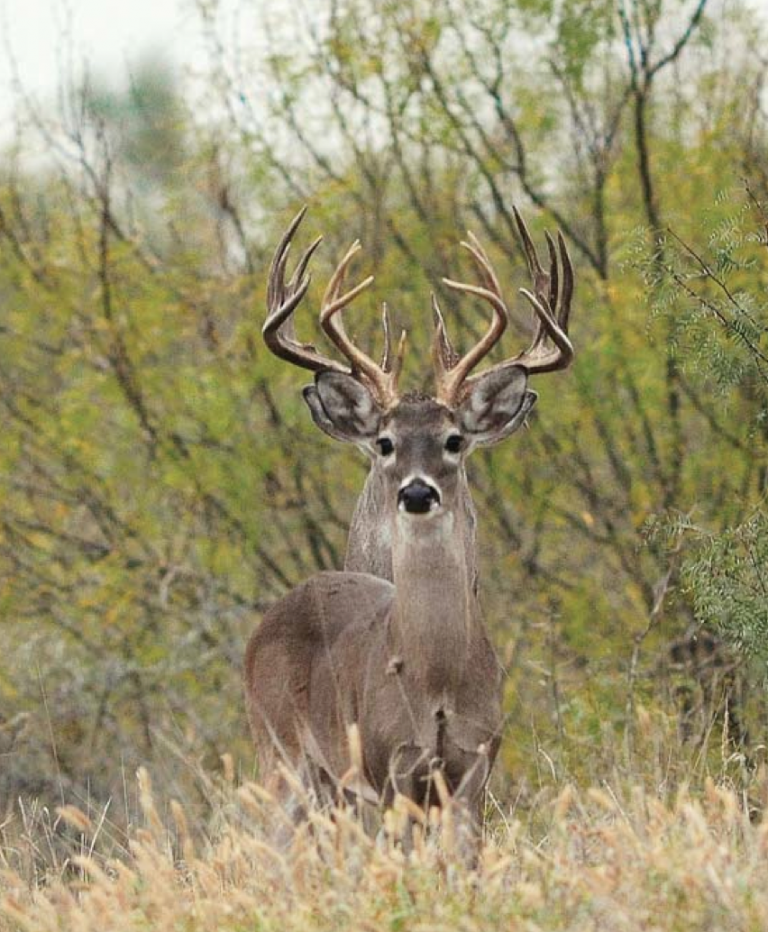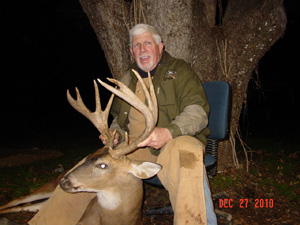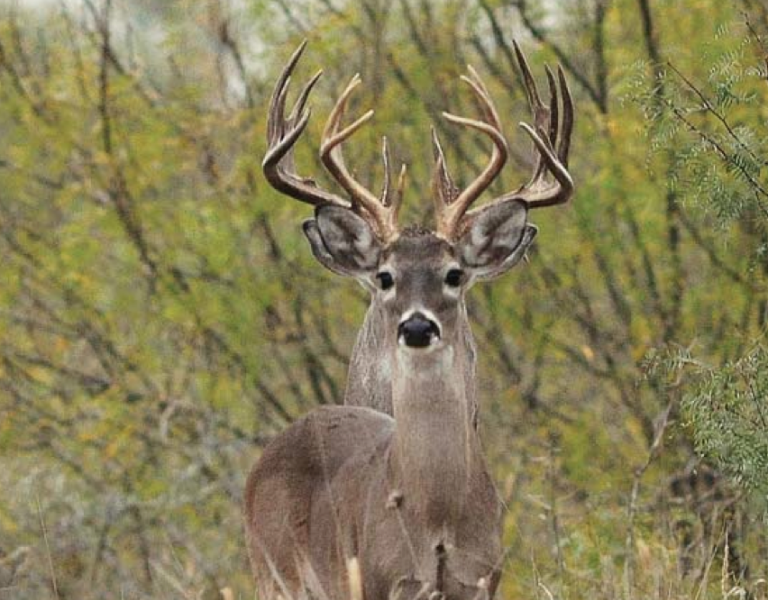It seemed odd to be so excited about deer hunting at this time of year as Christmas lights were the only glow during the dark early morning drive to the stand. Growing up in the Northeast. My entire life had revolved around November as the “days to hunt.” But there I was, heading to a stand that had several fresh scrapes around it and a known doe bedding area nearby. As the sun crept up, that all too familiar sound of crunchy leaves became clearer — followed by the deep grunts of a mature buck. The rut was on!

I had been hunting in the Deep South state of Mississippi for three years. Though I still didn’t know as much about the land and conditions as I would have liked to, I finally knew enough about the rut in that area to be in the right places at the right time. Unlike many locations I had hunted across the Northeast and Midwest, there wasn’t an across the board, can’t miss two weeks of hunting.
From the moment I arrived in Mississippi to work on my Master’s Degree I plunged into the deer hunting culture and conditions. One might think that running dogs for deer or three-buck bag limit each season would be the biggest shocker. However, when I heard people discussing properties within the same tri-county area having rutting activity that varied by more than a month … well, that was hard to believe.
Southern Rut 101
Many factors determine the timing of the rut. Physical activity demonstrated by bucks and does during the rut is driven by hormones and pheromones. Chemical triggers within, and between deer, cause the activity that most whitetail hunters live for each season. These chemical releases are initiated because of environmental factors, predominately photoperiod.
Photoperiod, or the changing in the hours of daylight in a day, activates specific glands to secrete hormones, and deer in turn produce pheromones. As the number of daylight hours decreases in autumn a trigger sets off in deer. These chemical releases create what we call the rut.
A doe has an even greater complexity during the rut. Does try to ensure that approximately 200 days after being bred they are giving birth to their fawns in the most optimal conditions. This means weather, food, shelter and time to prepare before winter. In the North and Midwest, this is extremely critical to have enough high-quality forage on the ground and to provide sufficient time for a fawn to prepare for a possible harsh winter. Because of this, most whitetails will be bred during a tight, two-week window.
But the Southeast is different.
Maybe it’s the warmer climate and longer growing season, the non-harsh winters, buck-to-doe ratios, or something else. But the trickle rut, as it is sometimes referred to, can drive a deer hunter crazy. For 30-45 days you could encounter intense rutting activity one day and nothing the next week. During the mid-1900s, deer were brought in from many states to help repopulate parts of Mississippi and other Southeastern states. This genetic diversity has often led to the thought that genetic imprinting from a herd’s origin could control timing of breeding. Regardless of the real reason, the question becomes: When is the best time to be out in the woods?
WATCH: Dan Schmidt’s 3-Point Lesson for Judging a Buck’s Antlers
A Rut Lesson to be Learned
History class was always one of my favorites in school. I was a bit of a Civil War junkie but besides that it was amazing to see the evolution of our great country. Maybe that’s what led me to embrace the “history of the Southern rut” and finally start to get on some mature bucks in the Deep South.
With all of the “predictions of the rut” showing up on TV and in magazines, the science in the South suggested one thing — consistency. Very similar to what to expect in the North or Midwest, except for the fact that areas geographically close to each other had some interesting variations in when the peak rut occurred. Regardless of moon phase, weather conditions or any other phenomenon, the breeding dates for an area were relatively consistent over time. However, if there are significant changes in the herd itself, lowered deer density or altered buck-to-doe ratio, this can shift breeding dates and cause historical data to be suggestive, at best.
Southern rut predictions
Hunters who chart calendar dates, along with other factors such as weather conditions, can sometimes establish patterns for peak rut dates and then be ready to hunt during those days.
As a hunter, the “consistency” predictive idea opened the opportunity to analyze intel from past seasons. I began to search through log books and trail camera photos to determine activity levels. Sure enough, a pattern formed. That’s not to say that weather didn’t play a role on the activity I witnessed. In fact, during the second season in Mississippi, extremely warm weather had sightings to a minimum during the rut. Yet the breeding dates were the same. How is that possible? Well, deer were just very active under darkness when it was significantly cooler. The rut didn’t just “not happen,” it simply happened when you weren’t watching.
This isn’t just a Mississippi thing, either. It’s for almost any state out there that has whitetails: consistency in the timing of the rut from year to year regardless of conditions. Sure, there is various timing of rut activity within states and even counties; and environmental conditions such as weather can absolutely affect the activity you see. It might even make you second-guess that the rut is on!
